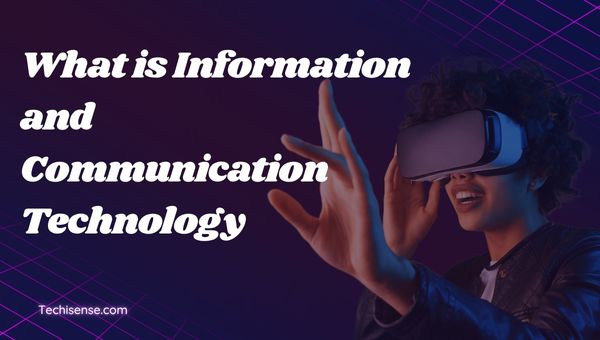
As a broad term, Information and Communication Technology (ICT) covers all the technologies used to facilitate and manage telecommunications, broadcast, intelligent building management systems, audiovisual processing and transmission, as well as control and monitoring functions done through networks.
In today’s world of digital everything, ICT facilitates the effortless exchange of information through different electronic means, which is crucial. This article explores what ICT is, its components, applications, benefits, challenges, and impact across various sectors, illustrating its importance.
Information Communication Technology (ICT) covers the combination of telecommunication (telephone and wireless systems) and computers with middleware, software, storage, and audio‐visual systems, which permit users to retrieve, keep, transmit, and work on information.
In the 21st century, it serves as one of the major factors of economic advancement, social progress, and innovation.
Through the many technologies used, ICT has impacted the business world, people, and even governments by improving communication, automating tasks, and providing easier access to information.
It contributes to different sectors such as education, healthcare, finance, and even governance, making processes easier and more efficient.

Even though ICT and IT are often used interchangeably, their focus is quite different:
| Aspect | Information Technology (IT) | Information and Communication Technology (ICT) |
| Definition | Computers and their software technology. | Telecommunication and communication with computing technology. |
| Scope | Management of hardware, software, and data. | Includes communication technologies such as telephones and radios in addition to IT. |
| Application | IT services, software development, and data processing. | Broadcasting, multimedia, and network communications. |
| Example | Software engineering and other IT specialties, like Database management systems. | Mobile networks, the internet, and conference video calling tools. |
ICT integrates traditional IT and related communication technologies, thus making it broader.
ICT makes it possible for online courses, digital classrooms, and educational applications that support individualized instruction and distance learning. Teaching strategies have been transformed by technologies like video conferencing platforms and learning management systems (LMS).
ICT enhances patient care and accessibility, particularly in remote areas, by supporting electronic medical records, health information systems, and telehealth services.
ICT is used by businesses to improve productivity and market reach through cloud computing, data analytics, customer relationship management (CRM), and e-commerce platforms.
Transparency and citizen engagement are enhanced by ICT, which makes e-governance, digital public services, and smart city projects possible.

Modern society relies heavily on information and communication technology (ICT), which propels efficiency, innovation, and connectedness in every industry. By combining communication and computing technologies, it makes information and services more accessible than ever before, which promotes social and economic advancement.
Even though issues like cybersecurity and digital divides still exist, ICT’s continued development promises to change the way we interact, work, and live. Strategic ICT adoption will enable people and organizations to prosper in the digital era.